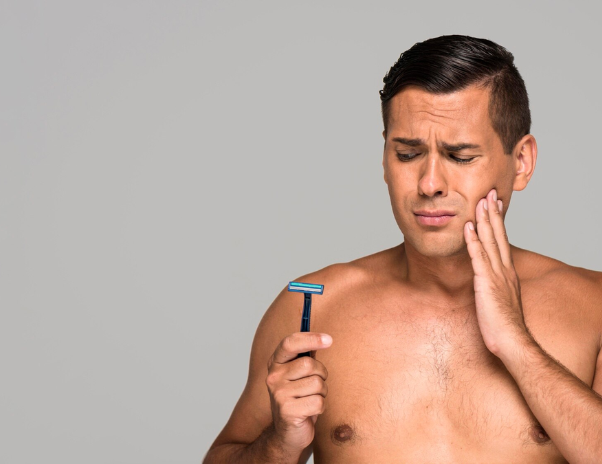
Posted date on Oct 01, 2017
Keratosis pilaris
Keratosis pilaris is a common, harmless skin condition characterized by small painless bumps on the skin forming dry, rough patches. This condition usually affects the upper arms, thighs, cheeks or buttocks and rarely occurs on the face also. Although it is more common in children, it can occur at any age. In most cases, the condition subsides once the children get older.
Keratosis pilaris is caused by a build-up of keratin, the skin protein. The excess keratin produced starts to accumulate in the hair follicles on the skin resulting in plugging of pores. This prevents the escape of dead skin cells through the pores. These dead cells and accumulated keratin leads to the formation of small bumps on the skin.
The exact reason behind the build-up of keratin is not known, but it may occur in association with some skin conditions, such as atopic dermatitis/eczema. Other possible causes of Keratosis pilaris are the deficiency of Vitamin A, genetic diseases and hormonal imbalances. People with dry skin are more susceptible to get Keratosis pilaris. During the cold season, the symptoms may get worsened as the atmosphere lacks moisture.
Usually, Keratosis pilaris doesn’t require any treatment. If you are conscious about the appearance or if you experience any discomfort like severe itching, consult a dermatologist. The physician can diagnose Keratosis pilaris by simply observing the skin closely. Although there is no proper cure for this condition, regular use of moisturizing lotions/creams may help to lessen the symptoms.
The common symptoms of Keratosis pilaris are as follows
- Small painless bumps which are skin coloured or red coloured about the size of 12mm
- Appears like patches of sand grains or like goosebumps
- The affected skin can become itchy when the skin gets very dry
Tips for managing the condition
- Avoid being in contact with harsh soaps and detergents; try using soaps made of natural oils to keep skin moisturized
- Do not scratch the affected area instead apply a good quality moisturizer when itching is experienced
- Use a humidifier at home for supplying moisture in the atmosphere
- Avoid taking bath in hot water as it makes skin drier, instead use lukewarm water
- Add yogurt into your daily diet which is good for controlling the Keratosis symptoms
- Eat a healthy diet containing vitamins and minerals and drink plenty of water which will help in the removal of dead skin cells




